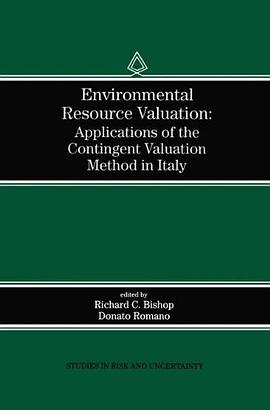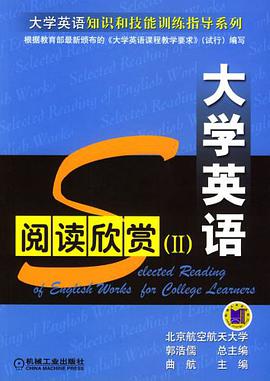

Economic values are increasingly used in policy analysis and legal settings. With the growing recognition that many of the things that benefit or harm people are outside the market system, have come increasing efforts to develop nonmarket valuation techniques. One such technique is the contingent valuation method (CVM). CVM seeks to value environmental and other nonmarket goods and services by asking individuals about their values using survey methods. These procedures are different from the 'revealed-preference' methods that economists have historically employed to estimate economic values. Why depart from well-established revealed-preference procedures and apply a 'stated-preference' method like CVM? For nonmarket goods and services, revealed-preference methods have two shortcomings that those applying CVM hope to avoid. First, revealed-preference methods involve econometric problems that have yet to be fully overcome. The second shortcoming of revealed-preference methods is that such methods, when applied to environmental amenities, are likely to be only partial measures of value. Given the tremendous interest that exists in economic values and the limitations of revealed-preference methods, it is not surprising that interest in CVM has grown rapidly. Environmental Resource Valuation reviews the application of CVM and compares American experiences in nonmarket evaluation with those in other countries.
具体描述
读后感
评分
评分
评分
评分
用户评价
相关图书
本站所有内容均为互联网搜索引擎提供的公开搜索信息,本站不存储任何数据与内容,任何内容与数据均与本站无关,如有需要请联系相关搜索引擎包括但不限于百度,google,bing,sogou 等
© 2025 book.wenda123.org All Rights Reserved. 图书目录大全 版权所有




















